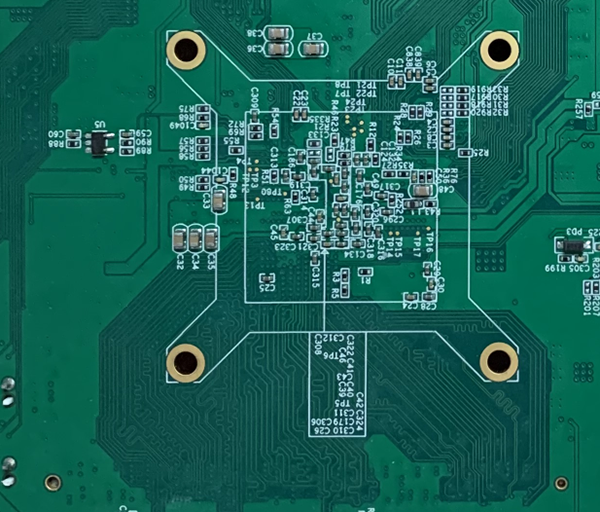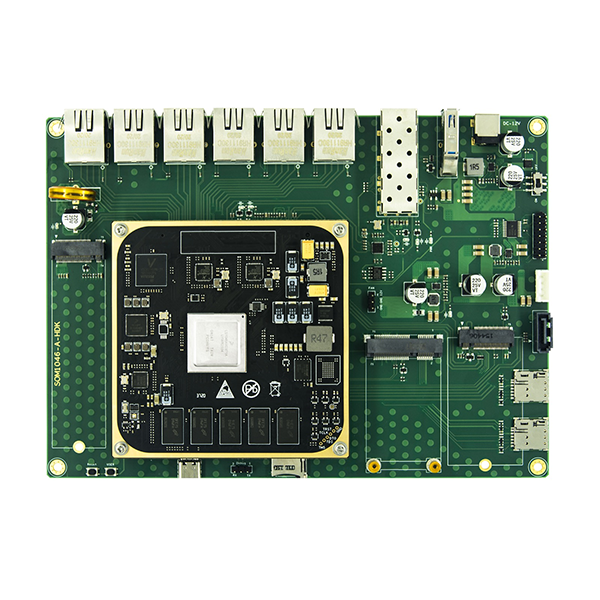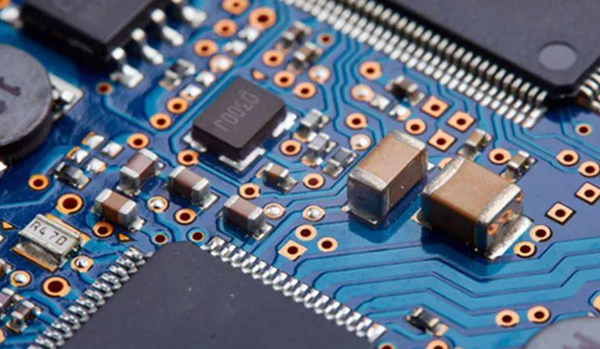Mail: info@anke-pcb.com
Whatapp/wechat:008618589033832
Skype: sannyduanbsp
The essence of GND in circuits
During the PCB layouting process, engineers will face different GND treatments.

Why does that happen? In the circuit schematic design phase, in order to reduce mutual interference between circuits, engineers generally introduce different GND ground wires as 0V reference points for different functional circuits, forming different current loops.
Classification of GND ground wires:
1. Analog ground wire AGND
Analog ground wire AGND is mainly used in the analog circuit part, such as the ADC acquisition circuit of analog sensors, operational amplifier ratio circuit, etc.
In these analog circuits, since the signal is an analog signal and a weak signal, it is easily affected by the large currents of other circuits. If not distinguished, large currents will produce large voltage drops in the analog circuit, causing the analog signal to be distorted and potentially cause the analog circuit function to fail.
2. Digital ground wire DGND
Digital ground wire DGND, obviously relative to analog ground wire AGND, is mainly used in the digital circuit part, such as key detection circuits, USB communication circuits, microcontroller circuits, etc.
The reason for setting up the digital ground wire DGND is that digital circuits have a common feature, which is discrete switch signal only distinguished between "0" and "1", as shown in the figure below.

During the process of voltage changing from "0" to "1" or from "1" to "0", the voltage produces a change. According to the Maxwell electromagnetic theory, the changing current will produce a magnetic field around it, forming EMC radiation on other circuits.
To reduce the impact of EMC radiation on circuits, a separate digital ground wire DGND must be used to provide effective isolation for other circuits.
3. Power ground wire PGND
Whether it is analog ground wire AGND or digital ground wire DGND, they are both low-power circuits. In high-power circuits, such as motor drive circuits, electromagnetic valve drive circuits, there is also a separate reference ground wire called power ground wire PGND.
High-power circuits, as the name suggests, are circuits with relatively large currents. Obviously, large currents can easily cause ground offset between different functional circuits.
Once there is ground offset in the circuit, the original 5V voltage may not be 5V anymore, but become 4V. Because the 5V voltage is relative to the 0V reference GND ground wire. If the ground offset causes the GND to rise from 0V to 1V, then the previous 5V voltage (5V-0V = 5V) becomes 4V (5V-1V = 4V) now.
4. Power supply ground wire GND
Analog ground wire AGND, digital ground wire DGND, and power ground wire PGND are all classified as DC ground wire GND. These different types of ground wires must all be collected together as 0V reference ground wire for the entire circuit, called power supply ground wire GND.
The power supply is the energy source for all circuits. All the voltage and current required for the circuit to work are from the power supply. Therefore, the ground wire GND of the power supply is the 0V voltage reference point for all circuits.
This is why other types of ground wires, whether they are analog ground wire AGND, digital ground wire DGND or power ground wire PGND, must all be collected together with the power supply ground wire GND.
5. AC ground wire CGND
The AC ground wire CGND is generally found in circuits with AC power sources, such as AC-DC power supply circuits.
AC-DC power supply circuits are divided into two parts. The front stage of the circuit is the AC circuit, and the back stage is the DC circuit, which is forced to form two ground wires, one is the AC ground wire, and the other is the DC ground wire.
The AC ground wire serves as the 0V reference point for the AC circuit portion, and the DC ground wire serves as the 0V reference point for the DC circuit portion. Usually, in order to unify a ground wire GND in the circuit, the engineer will connect the AC ground wire to the DC ground wire through a coupling capacitor or inductor.

6. Earth ground wire EGND
The safety voltage for human body is below 36V. If the voltage exceeds 36V applied to the human body, it will cause harm to the human body. This is a safety common sense for engineers when developing circuit project designs.
To enhance the safety factor of the circuit, engineers generally use the earth ground wire EGND in high-voltage and high-current projects, such as household appliances such as electric fans, refrigerators, and televisions. The socket with the EGND protection function is shown in the figure below.

The reason why household appliance sockets have three terminals is because, although 220V AC power only requires a live wire and a neutral wire, the third terminal is for the protective earth ground (EGND).
The two terminals are used for the live and neutral wires of the 220V power, while the third terminal serves as the protective earth ground (EGND).
It is important to note that the earth ground (EGND) is solely connected to the earth and provides protection against high voltage. It does not participate in the circuit functionality and is unrelated to the circuit's function.
Therefore, the earth ground (EGND) has a distinct electrical significance from other types of ground (GND) connections.
Exploring the principle of GND:
Engineers may wonder why there are so many distinctions for ground (GND) connections and why they need to introduce multiple functions for GND.
Usually, engineers simplify the naming of GND connections to just "GND" without differentiation in schematic designs, making it difficult to identify different circuit functional grounds during PCB layout. Consequently, all GND connections are simply interconnected.

Although this simplified operation is convenient, it leads to a series of problems:
1. Signal Interference:
If different functional ground (GND) connections are directly interconnected, high-power circuits traveling through the ground (GND) can interfere with the 0V reference point (GND) of low-power circuits, resulting in signal crosstalk between different circuits.
2. Signal Accuracy:
For analog circuits, signal accuracy is a crucial evaluation metric. Losing accuracy compromises the original functional significance of analog circuits.
The ground (CGND) of an AC power supply fluctuates in a periodic sinusoidal waveform, causing its voltage to fluctuate as well. Unlike the DC ground (GND), which remains constant at 0V.
When different circuit ground (GND) connections are interconnected, the cyclical fluctuation of the AC ground (CGND) can affect the changes in the analog ground (AGND), thereby affecting the voltage accuracy of analog signals.
3. EMC Experiment:
The weaker the signal, the weaker the external electromagnetic radiation (EMC). The stronger the signal, the stronger the external EMC.
If different circuit ground (GND) connections are interconnected, the ground (GND) of a strong signal circuit directly interferes with the ground (GND) of a weak signal circuit. Consequently, the originally weak electromagnetic radiation (EMC) signal becomes a strong source of electromagnetic radiation to the outside, making it more challenging to handle EMC experiments.
4. Circuit Reliability:
The fewer connections between circuit systems, the greater the independent operating ability of each circuit. Conversely, the more connections, the weaker the independent operating ability.
Consider two circuit systems, A and B, without any intersections. The performance of circuit system A should not affect the normal operation of circuit system B, and vice versa.
This is similar to a pair of strangers, where the emotional changes of one person would not affect the mood of the other because they have no connection.
If different circuit ground (GND) connections are interconnected within a circuit system, it adds a connecting link that increases interference between circuits, thus reducing the reliability of circuit operation.
Shenzhen ANKE PCB Co.,LTD
Post time: Dec-05-2023









